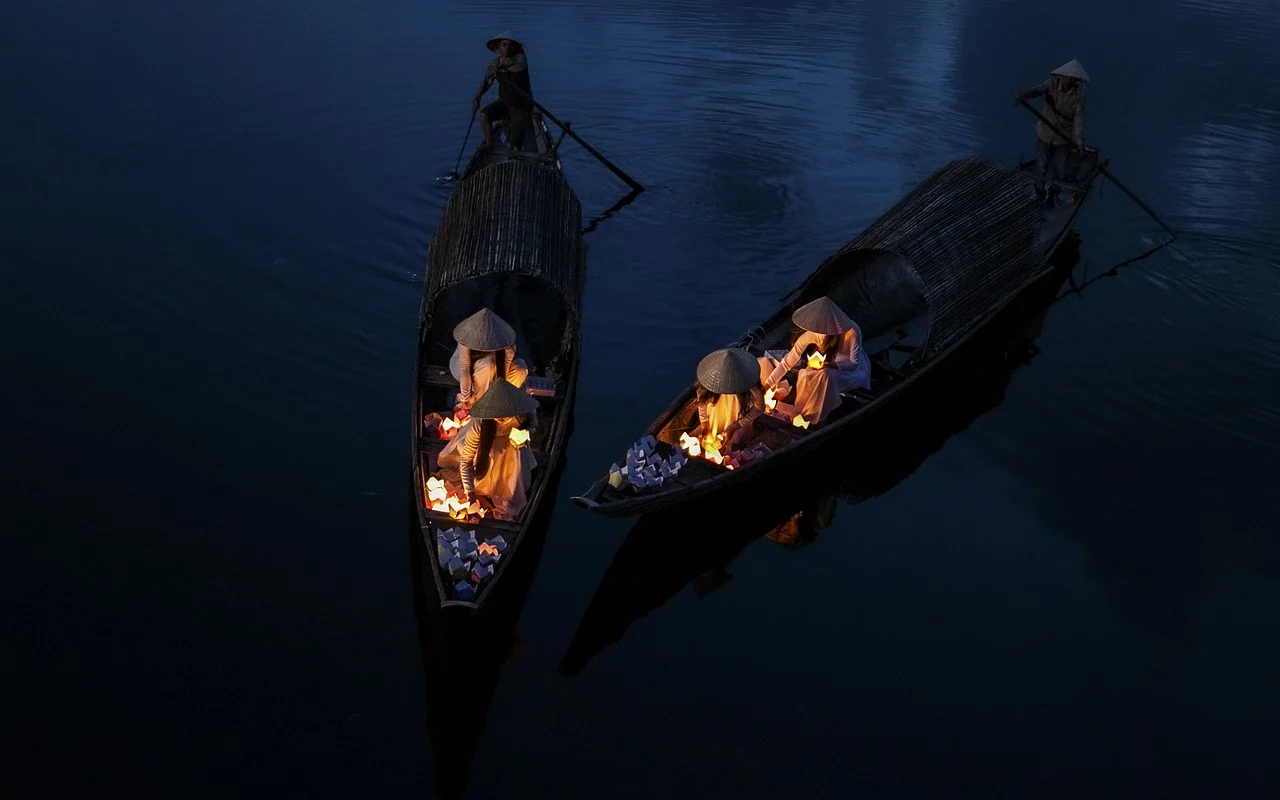Swiss Folklore and Legends: A Journey into the Heart of Alpine Mysteries

Switzerland, a country renowned for its breathtaking Alpine landscapes, pristine lakes, and charming villages, is also a land steeped in rich folklore and legends. These tales, passed down through generations, are deeply intertwined with the country’s natural beauty, cultural heritage, and historical events. Swiss folklore is a fascinating blend of myth, superstition, and moral lessons, offering a glimpse into the beliefs and values of the people who have lived in this mountainous region for centuries. In this article, we will explore some of the most captivating Swiss legends, their origins, and their significance in Swiss culture.
The Enigmatic World of Swiss Folklore
Swiss folklore is as diverse as the country’s geography. From the towering peaks of the Alps to the serene valleys and dense forests, each region has its own unique stories and mythical creatures. These tales often reflect the challenges and wonders of life in the Swiss mountains, where nature’s power and beauty have always played a central role in shaping human experiences.
Folklore in Switzerland is not just a collection of entertaining stories; it serves as a cultural bridge between the past and the present. Many of these legends were created to explain natural phenomena, teach moral lessons, or provide comfort in times of hardship. They also highlight the deep connection between the Swiss people and their environment, emphasizing respect for nature and the importance of community.
The Legend of William Tell: A Symbol of Swiss Independence
One of the most famous figures in Swiss folklore is William Tell, a legendary hero whose story has become a symbol of Swiss independence and resistance against oppression. According to the legend, Tell was a skilled archer who lived in the canton of Uri during the early 14th century. At the time, the region was under the control of the Habsburg rulers, who imposed harsh laws on the local population.
The story goes that a Habsburg bailiff named Hermann Gessler placed a hat on a pole in the village square, demanding that all townspeople bow to it as a sign of loyalty. When Tell refused, Gessler ordered him to shoot an apple off his son’s head as punishment. Tell successfully split the apple with his arrow, but he later killed Gessler with a second arrow, sparking a rebellion that led to the liberation of Switzerland.
While historians debate the historical accuracy of the William Tell story, there is no doubt that it has had a profound impact on Swiss identity. The tale embodies the values of courage, defiance, and freedom, making it a cornerstone of Swiss national pride.
The Mysterious Dwarves of the Alps
The Swiss Alps are home to countless legends of dwarves, or “dwarfs,” who are said to inhabit the mountains’ hidden caves and tunnels. These mythical beings are often depicted as small, bearded men with magical powers and a deep knowledge of the earth’s treasures. In some stories, they are benevolent creatures who help lost travelers or share their wealth with humble villagers. In others, they are mischievous or even dangerous, playing tricks on humans or guarding their gold with fierce determination.
One popular legend tells of a dwarf king who ruled over a hidden kingdom beneath the Alps. He was known for his generosity but also his strict rules. Those who respected the dwarves and treated them with kindness were rewarded with gold and precious gems, while those who were greedy or disrespectful faced dire consequences.
The dwarves of Swiss folklore reflect the awe and mystery that the Alps have inspired for centuries. They also serve as a reminder of the importance of humility and respect for the natural world.
The Tale of the Tatzelwurm: A Fearsome Alpine Creature
Among the many mythical creatures in Swiss folklore, the Tatzelwurm stands out as one of the most intriguing and terrifying. Described as a dragon-like creature with a cat’s face and a serpent’s body, the Tatzelwurm is said to inhabit the remote regions of the Swiss Alps. Sightings of this elusive beast have been reported for centuries, with many claiming to have encountered it in deep mountain caves or dense forests.
According to legend, the Tatzelwurm is a highly aggressive creature that attacks anyone who ventures too close to its territory. Its breath is said to be poisonous, and its sharp claws can tear through flesh with ease. Despite numerous accounts of encounters, no concrete evidence of the Tatzelwurm’s existence has ever been found, leading many to dismiss it as a product of imagination or misidentification of real animals.
However, the legend of the Tatzelwurm continues to captivate the imagination of locals and visitors alike. It serves as a reminder of the dangers that lurk in the untamed wilderness of the Alps and the importance of caution when exploring these remote areas.
The White Lady of the Castles
Switzerland is home to many ancient castles, each with its own share of ghostly legends. One of the most famous is the story of the White Lady, a spectral figure said to haunt several Swiss castles, including the Château de Chillon on the shores of Lake Geneva. The White Lady is often described as a beautiful woman dressed in flowing white robes, her face pale and sorrowful.
The origins of the White Lady legend vary, but one common version tells of a noblewoman who was imprisoned in the castle for falling in love with a man beneath her station. Heartbroken and unable to escape, she died within the castle walls, and her spirit has remained there ever since. Some say she appears to warn of impending danger, while others believe she is searching for her lost love.
The tale of the White Lady is a poignant reminder of the power of love and the enduring nature of human emotions. It also adds an air of mystery and romance to Switzerland’s historic castles, making them even more enchanting to visitors.
The Role of Folklore in Modern Swiss Culture
While Switzerland is a modern, industrialized nation, its folklore and legends continue to play an important role in contemporary culture. Many traditional festivals, such as the Sechseläuten in Zurich and the Fasnacht in Basel, incorporate elements of folklore into their celebrations. These events often feature costumes, music, and performances that bring ancient myths and legends to life.
Folklore also influences Swiss literature, art, and film, providing a rich source of inspiration for creative works. Additionally, the stories and traditions associated with Swiss folklore are passed down to younger generations, ensuring that they remain a vital part of the country’s cultural heritage.



